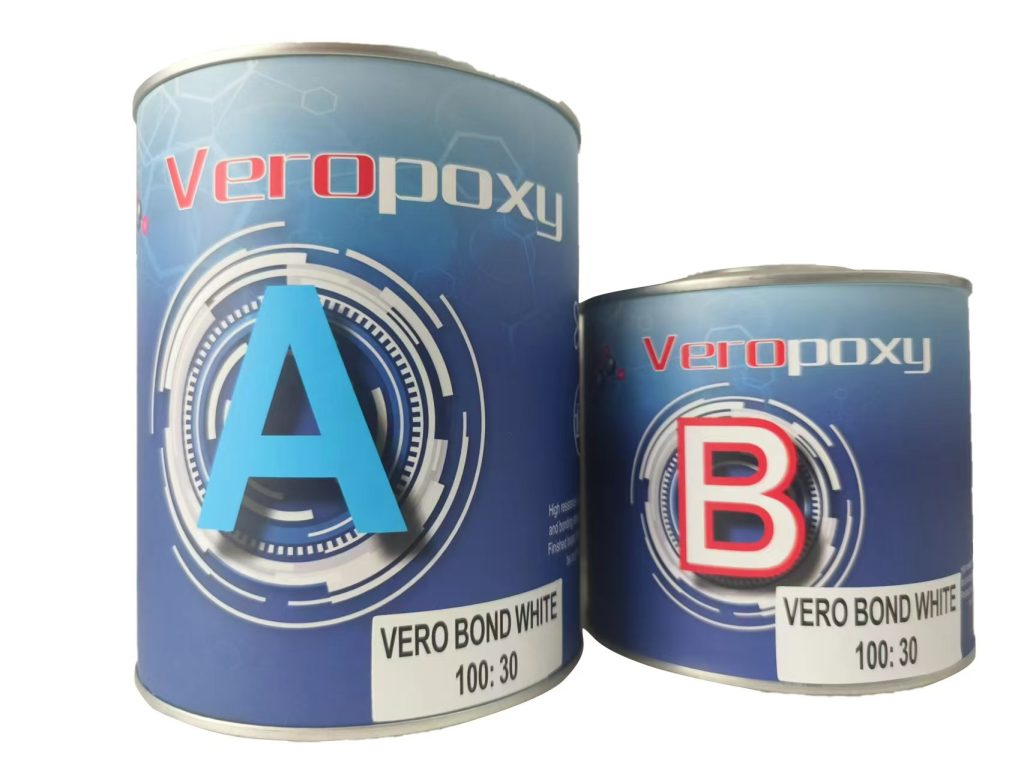In the world of stone restoration, preserving the beauty and integrity of natural stone surfaces is both an art and a science. From historic monuments to contemporary counters, the difficulties in preserving stone’s natural appeal while guaranteeing durability and lifespan are several. Here is where epoxy resin finds application. Epoxy resin, well-known for its adhesive strength, durability, and adaptability, has grown in favour in the restoration of several kinds of stones. Beyond its remarkable technical qualities, though, one important issue still stands: is epoxy resin ultimately reasonably affordable for stone restoration? This paper explores the interesting dynamics of cost against benefit when using epoxy resin for stone restoration, considering whether it is really a reasonable investment or a costly indulgence.

Why Epoxy Resin?
Epoxy resin is highly regarded in the stone industry for its exceptional bonding ability and durability. Unlike some adhesives, it creates a strong, waterproof seal capable of resisting major environmental stresses including moisture, temperature swings, and chemical exposure. Popular in many restoration projects, epoxy resin’s adaptability lets it bind with many stone types—from granite and marble to sandstone and limestone.
However, epoxy resin is not the cheapest option on the market. Its use adds to the labour cost since it calls for particular knowledge and expertise. Although the actual cost of the material is rather reasonable, the additional knowledge needed for successful application begs the question: is epoxy resin worth the price?
Breaking Down the Costs
1.Material Cost
Epoxy resin is available in different grades, with costs varying based on quality and specific applications. Though more costly than conventional choices, industrial-grade epoxy provides increased strength and durability for outdoor or heavily traffic surfaces. Costs for premium epoxy resin might run from $50 to $100 per gallon, which can add up greatly for more involved projects.
2.Labor Costs
Applying epoxy resin isn’t as simple as just “gluing” stone pieces together. The method calls for surface preparation, careful mixing, exact application, and curing time. Hired to guarantee the bond is correctly formed, free of bubbles, and resistant to future cracking or peeling, skilled labourers who have experience handling epoxy must be This knowledge can be expensive, particularly in cases involving intricate stone construction or high-traffic surfaces needing maximum longevity.
3.Equipment Costs
Applying epoxy resin to stone surfaces requires specific tools, including precision mixers, applicator guns, and sometimes heat tools for curing. The initial setup expenses include the expenditure in appropriate equipment, or renting it if not available. Once acquired, though, this machinery can be used again, so lowering the running expenses for next projects.
4. Long-Term Maintenance
One major advantage of epoxy resin is that it requires minimal maintenance after application. Epoxy requires little regular touch-ups since it is quite resistant to staining, water intrusion, and cracking. Other less expensive adhesives, on the other hand, may require frequent maintenance and reapplication, which over time would raise expenses.
5.Environmental Resistance
Epoxy resin’s ability to withstand environmental factors such as UV exposure, moisture, and temperature changes contributes to its long-lasting performance. This lessens the need for regular repairs or replacements, thus epoxy is a more affordable option for stone projects in hostile surroundings or outside conditions.
Weighing the Benefits
1.Enhanced Durability
Usually exceeding the original stone surface it bonds to, epoxy resin provides a longer lifetime than most other adhesives. Given less repairs and less maintenance required, this durability makes it an affordable option over time.
2.Aesthetic Versatility
Epoxy can be color-matched or clear, making it nearly invisible on stone surfaces. For upscale restorations where appearance of the stone is crucial, this is especially helpful. Other adhesives might not mix as naturally, which would lessen the visual appeal of the stone and so lower its aesthetic value and maybe resale value.
3.Value Preservation
Excellent epoxy resin preserves the structural integrity and look of the stone, so preserving its value. Epoxy is a wise investment for historical objects, priceless sculptures, or high-end installations since this preservation translates into major long-term financial gains.
4.Eco-Friendly Aspects
Using a strong adhesive like epoxy—which doesn’t need regular reapplying—helps to reduce waste over time. Reducing waste from materials that would otherwise need frequent replacement helps to create an environmentally friendly restoration method, which may appeal further from a sales standpoint.
 Epoxy resin presents a clear case for cost-effectiveness in stone restoration when considering the long-term benefits of durability, minimal maintenance, and aesthetic preservation. Although initial costs for materials, labour, and tools may be more than with other adhesives, epoxy is a financially wise option for both big and small stone restoration projects because of its lifetime and low maintenance. Epoxy resin is an investment that provides value much beyond the initial expenses for projects where the structural resilience and visual integrity of the stone take front stage.
Epoxy resin presents a clear case for cost-effectiveness in stone restoration when considering the long-term benefits of durability, minimal maintenance, and aesthetic preservation. Although initial costs for materials, labour, and tools may be more than with other adhesives, epoxy is a financially wise option for both big and small stone restoration projects because of its lifetime and low maintenance. Epoxy resin is an investment that provides value much beyond the initial expenses for projects where the structural resilience and visual integrity of the stone take front stage.
The peace of mind that knowledge of the stone structures will withstand the elements and retain their beauty for years to come justifies the upfront expenses of epoxy resin for architects, preservationists, and homeowners equally.
Post time: 11 月-06-2024

